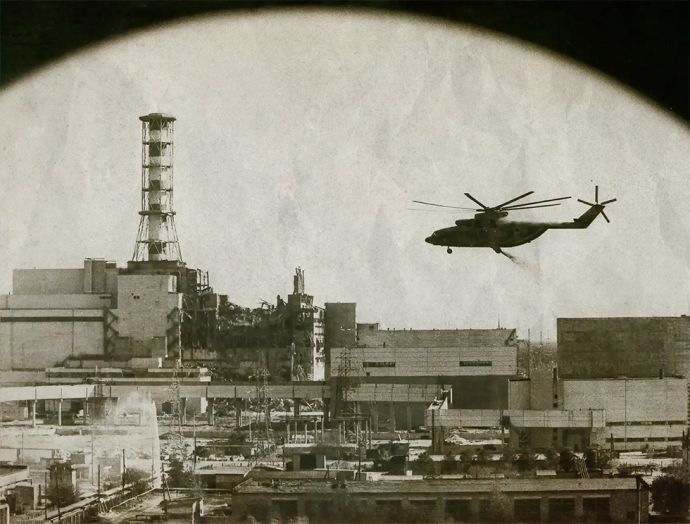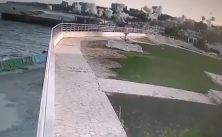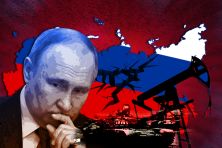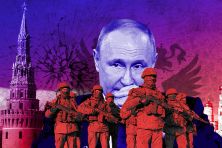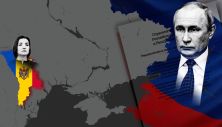Today, 26 April, marks the 38th anniversary of the largest man-made disaster in the history of Europe and the world. On the night of 26 April 1986, a massive explosion occurred at the fourth power unit of the Chernobyl nuclear power plant in Ukraine, which destroyed part of the reactor unit and the turbine hall, resulting in a fire that spread to the roof of the third power unit. Rescuers and NPP employees extinguished the “nuclear” fire with their bare hands, without protective equipment, until 5 am. However, in the middle of the fourth unit of the block, the fire was extinguished only two weeks later, on 10 May, when most of the radiation graphite was burned. Most of the firefighters died of radiation exposure afterwards.
The explosion and fire created a radioactive cloud that covered not only the territories of modern Ukraine, Belarus and Russia, but also the territories of many European countries, including Sweden, Austria, Norway, Germany, Finland, Greece, Romania, Slovenia, Lithuania and Latvia. According to the International Nuclear Event Scale (INES), this accident was classified as the highest – seventh level of danger.
From the very beginning, Moscow and the leadership of the Ukrainian SSR concealed the fact of the accident and the consequences of the environmental disaster. Sweden was the first to report an increase in radiation levels. It was only on 28 April that the first official report appeared in the USSR.
In the first days after the accident, the population of a 10-kilometre zone was evacuated, and later the evacuation zone was extended to 30 kilometres. In total, 2,293 settlements in Ukraine became radioactively contaminated, with a population of more than 2.6 million people at the end of the eighties. As a result of this catastrophe, more than 5 million hectares of land were taken out of agricultural use.
Despite the terrible long-term consequences of that nuclear disaster, today there are again acts of nuclear terrorism against Europe and the world – Russia’s direct armed attack on Ukraine’s nuclear energy infrastructure.
On 3 March 2022, a convoy of 10 Russian armoured vehicles and two tanks approached the Zaporizhzhia NPP in Ukraine, the largest nuclear power plant in Europe.
On 4 March, Russian troops started a battle with the Ukrainian military guarding the plant and used rocket-propelled grenade launchers to seize it.
On 12 March 2022, Russian authorities announced that the Ukrainian Zaporizhzhia NPP belonged to Rosatom.
Currently, Ukrainian personnel at ZNPP are effectively held hostage by Russia, forced to continue operating the plant under the control of the aggressor country, Russia.
For two years now, the Russians have been openly threatening the world with nuclear war. Putin, Medvedev, Lavrov regularly speak about it in public, and Russian propagandists shout about it.

